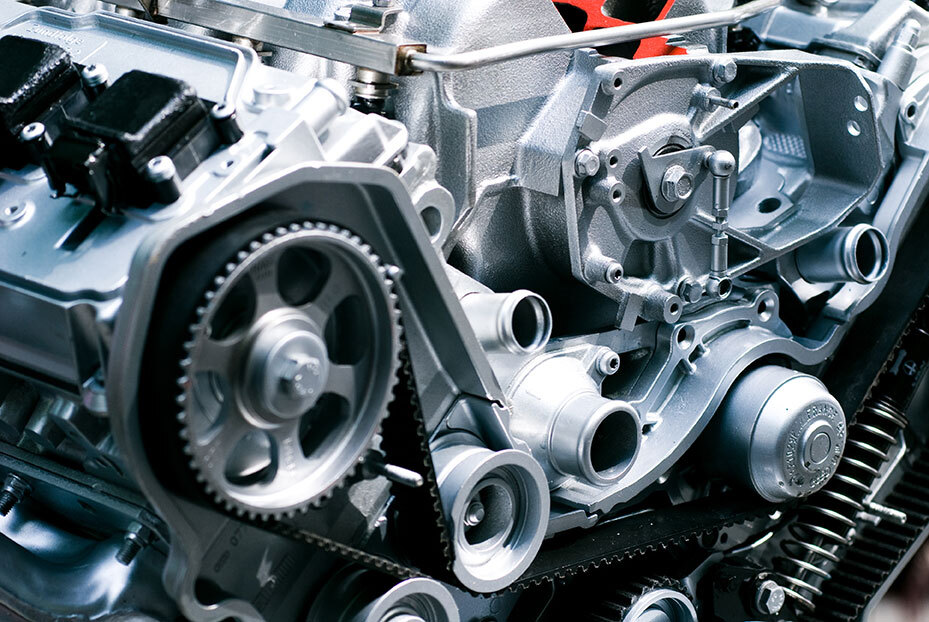Set Screw Types

A set screw is a type of screw generally used to secure an object within or against another object. The most common examples are securing a pulley or gear to a shaft. Set screws are generally headless, meaning the screw is fully threaded and has no head sticking out past the diameter of the screw thread.
The set screw passes through a threaded hole in the outer object and is tightened against the inner object to prevent it from moving relative to the outer object. It exerts clamping force through the bottom tip that projects through the hole.
Set screws, though, do not come in one shape or size. There are several different variations of this fastener, all with different strengths and positive features. The variety is in the tip types. The different-shaped tips have unique properties that engineers can take advantage of.
For example, a cone point type of set screw might be helpful if a detent was used to ensure proper nesting of the screw. A flat point screw could be more helpful if it needed to be pressed perfectly flat against the surface.
Other point types include:
- Cup point: the most common type of set screw. This works well because the surface is rounded so that a small surface area is in contact but does not have high stress at one point like a cone set screw. The cup point set screw holds parts permanently and is designed for soft and hard surfaces.
- Knurled cup: offers the advantage of a locking action that prevents the screws from working loose in high-vibration applications. The knurled cap set screw also holds parts permanently and is designed for soft and hard surfaces but resists vibration the best, even in poorly tapped holes, because of the locking action.
- Flat set screw: readjusts without damaging the surface and aligns wells against ground flats. This can also act as an adjusting screw and can be used as backing for soft metal or plastic plugs.
Along with the different types of points, set screws have numerous drive styles. These include:
- Straight slot: a single slot in the fastener head and drive by a flat-bladed screwdriver. It was the first type of screw drive to be developed. This is common in woodworking applications, but not where a power tool would be used because it tends to slip out of the head and possibly damage the surrounding material.
- Hex socket: a hexagonal recess screw drive and may be driven by an Allen Wrench.
- Square socket: a square-shaped socket in the screw head and a square protrusion on the tool. There are two main advantages because of its design: it makes inserting the tool easier and tends to help keep the screw on the tool tip without the user needing to hold it there.
MW Components has the capabilities to mass produce the exact set screw essential to your project. One of the everyday applications where an MW-made set screw would be seen is on clamping for fire suppression sprinklers. This is just one example of how no matter the specialty fastener or the application, MW Components creates quality solutions for its customers. Request a quote or contact us today to get your project off the ground the right way.